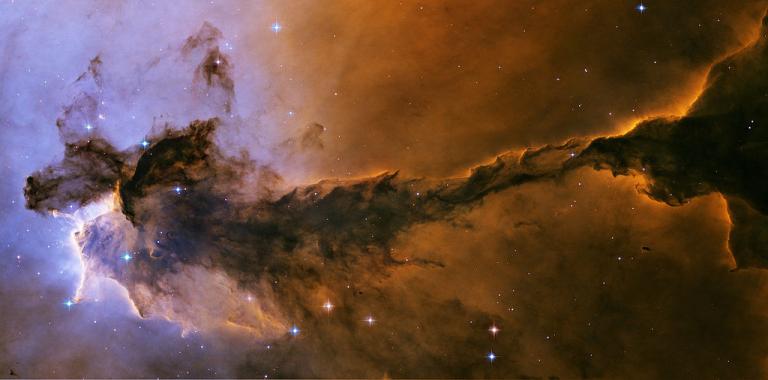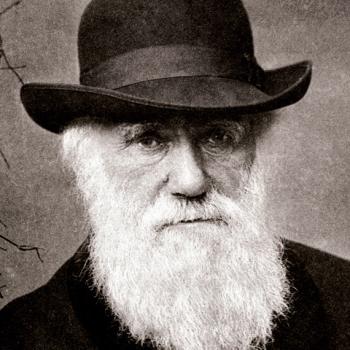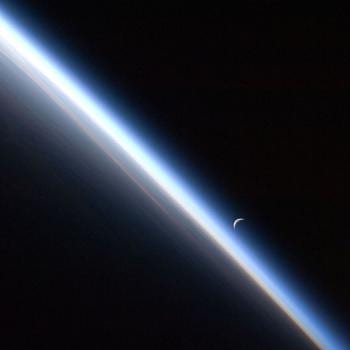
Notes from an uncompleted manuscript:
The quantum theorist Hugh Everett was evidently the first to seriously propose the idea of multiple universes. He has been followed, however, by such scientists as Oxford’s David Deutsch and Lee Smolin, a faculty member at the Perimeter Institute for Theoretical Physics, an adjunct professor of physics at Canada’s University of Waterloo and a member of the graduate faculty of the philosophy department at the University of Toronto. Smolin has apparently described his idea as “frank speculation” and as, in a certain sense, something of a “fantasy.”[1]
In 1971, the British novelist Frederick Forsyth published a thriller titled The Day of the Jackal, in which a clever professional contract killer very nearly manages to assassinate the French president, Charles DeGaulle. With almost superhuman skill and elaborate planning, the “Jackal” manages to get himself into position for a single fatal shot. At the very last moment, though, President DeGaulle moves, and the bullet merely enters the ground. So the cheering crowd surrounding President DeGaulle notices nothing, and life goes on as if it had never happened.
The 1973 movie that bears the same name followed the novel pretty closely, portraying the “Jackal” as elusive, ingenious, and almost unbelievably cunning.
In 1997, though, the story was again made into a movie. (Hollywood loves to remake successful films.) This time, though, it was called, simply, The Jackal, partly because the narrative had been substantially altered and partly because Frederick Forsyth wanted neither his own name nor his original novel associated with it. In this later version, the “Jackal” (now played by the American star Bruce Willis, whose strong suit probably isn’t restraint, rather than by the elegant, patrician English actor Edward Fox) is a very much less subtle assassin. No longer urbane and understated, the new “Jackal” tries to take his target out (in this version, it’s the American First Lady rather than the president de la Republique) with such massive firepower that, far from his attempt passing unnoticed, the crowd surrounding his target flees in classic Hollywood mass terror as shattered brick and glass rain down upon their heads. It would be exceedingly difficult, if one were not actually in on the plot, to figure out just who, exactly, the assassin’s target had been.
Clearly, though, either carefully planned precision or massed and massive destruction will serve to assassinate someone. It’s a matter of finesse versus wild excess.
Physicist Karl W. Giberson, from whom I borrow the “Jackal” analogy:
you can explain the marvelous design of our universe by the finesse of a wise creator or the firepower of some mindless cosmic machine extravagantly belching out alternative realities, some of which have the ingenious design of this one, but most of which do not—collateral damage on a cosmic scale.[2]
[1] Smolin, The Life of the Cosmos, prologue. [See it.]
[2] Giberson, “The Goldilocks Universe,” 30.












